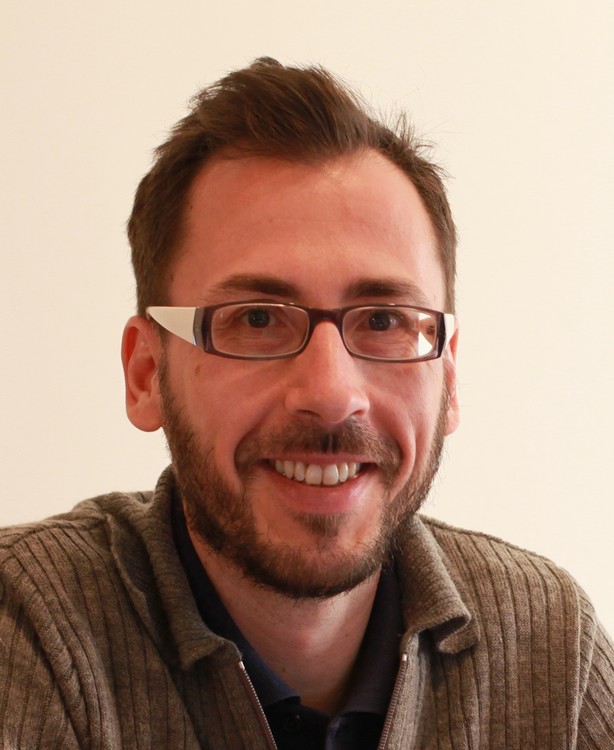
What are the aims of ADCAP?
Ricardo Pla Cordero (RPC): This three-year initiative aims at building the capacities of humanitarian organisations to deliver age and disability inclusive emergency response. It plans to produce documents, such as a directives and standards manual, similar to the SPHERE manual, and training guides and modules.
Why is this initiative necessary?
RPC: Humanitarian organisations don’t always have the skills needed to identify and include people with disabilities and older people in emergency response. Very often, they don’t “see” them and are unable to identify their needs, or spot obstacles to accessing aid.
What do you mean when you say “humanitarian organisations don’t see people with disabilities and older people”?
RPC: Imagine you’re doing an assessment prior to the launch of a new project. You go from door to door in a village identifying the inhabitants and their needs. You ask the head of family if they have a disabled child. They say no, even if that’s not true. Because disability is a source of shame in that country. You won’t be able to identity the needs of the child who, because of the stigma attached to his or her disability, is always shut away at home. If, on the other hand, you ask the head of the family if someone in their circle finds it difficult to walk, communicate, etc., you’ve got more chance of getting an answer. This is why it is difficult for NGOs to enter into contact with people with disabilities, reach out to them, or even know if they exist…
But emergency aid projects are open to all, without discrimination... Their actions are supposed to “broad-based” and targeted at everyone.
RPC: In theory, yes. But in reality, it’s not always the case. Humanitarian organisations don’t always have the skills to spot discrimination or environmental obstacles, etc. And their actions often don’t benefit people with disabilities or older people. If you’re distributing food during a famine, for example, you park up your lorry and hand out bags of rice. It’s straightforward and effective. But to benefit, you need to know there’s a distribution, get there, and transport the bag. What do you do if you’re an older person, hearing impaired or visually impaired?
What is the consortium doing to make NGOs more inclusive?
RPC: We’re putting together a manual , which is currently at the pilot stage, which sets standards for age and disability inclusive emergency response and accessible services. We’ve also set up a training website, which is still at the test stage, for NGOs, and produced an awareness-raising document on age and disability inclusive emergency humanitarian action. Lastly, several “inclusion advisers” are providing assistance to pilot projects run by NGOs in Kenya and Pakistan. We’re going to use their feedback to update the manual.
Age and Disability Capacity (ADCAP)
The ADCAP programme is an initiative set up by the Age and Disability Consortium, a group of seven international agencies working to promote age and disability inclusive humanitarian assistance. The consortium’s members are: Christian Blind Mission, DisasterReady.org, Handicap International, HelpAge International, the International Federation of Red Cross, Oxford Brookes University and RedR UK. The programme is funded by the UK Department for International Development (DFID) and the United States Agency for International Development (USAID). Run by HelpAge International, ADCAP is part of the Disaster and Emergencies Preparedness Programme (DEPP), a portfolio of capacity-building projects under the Start network.




